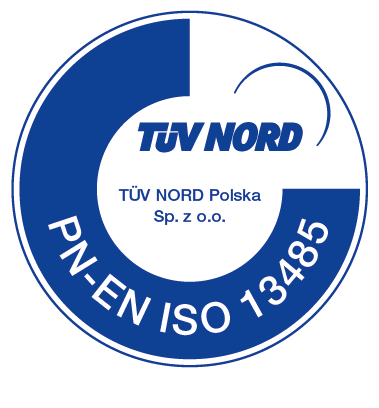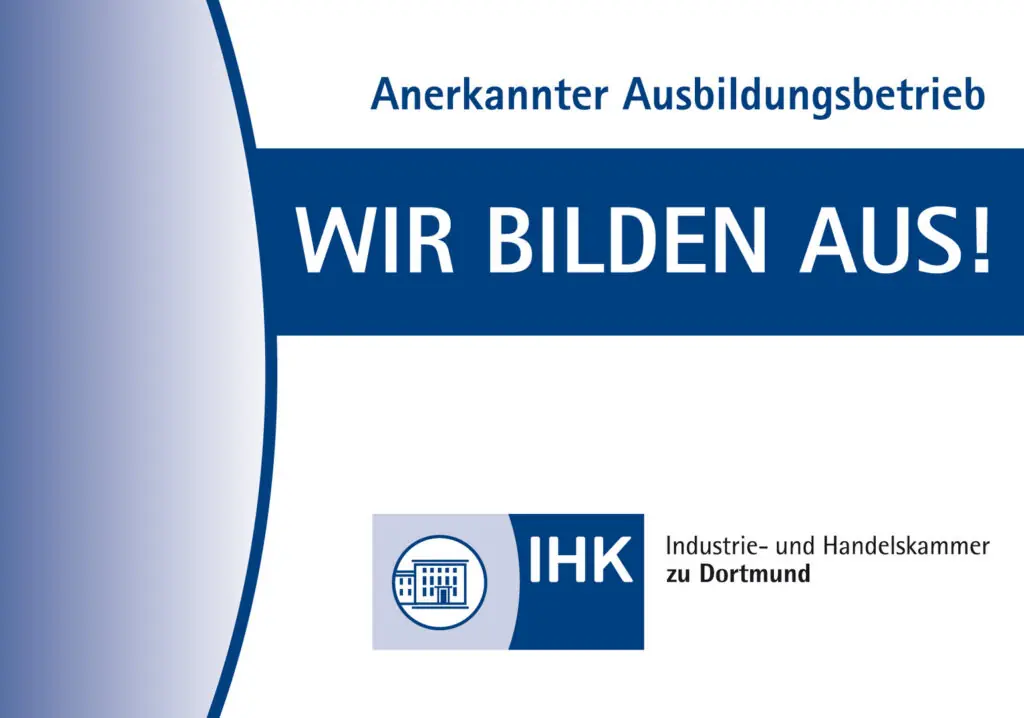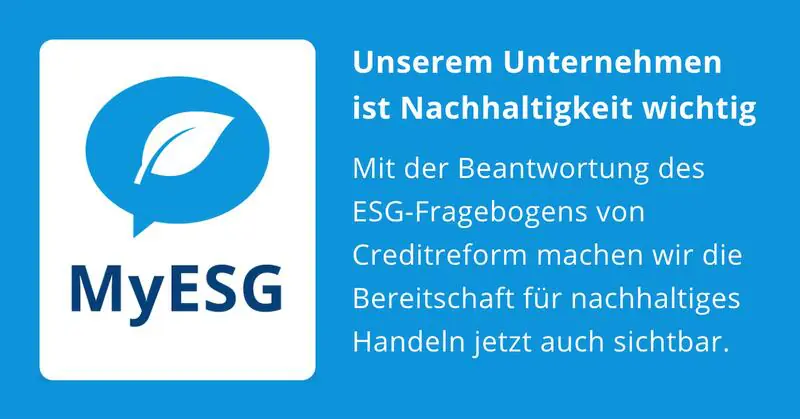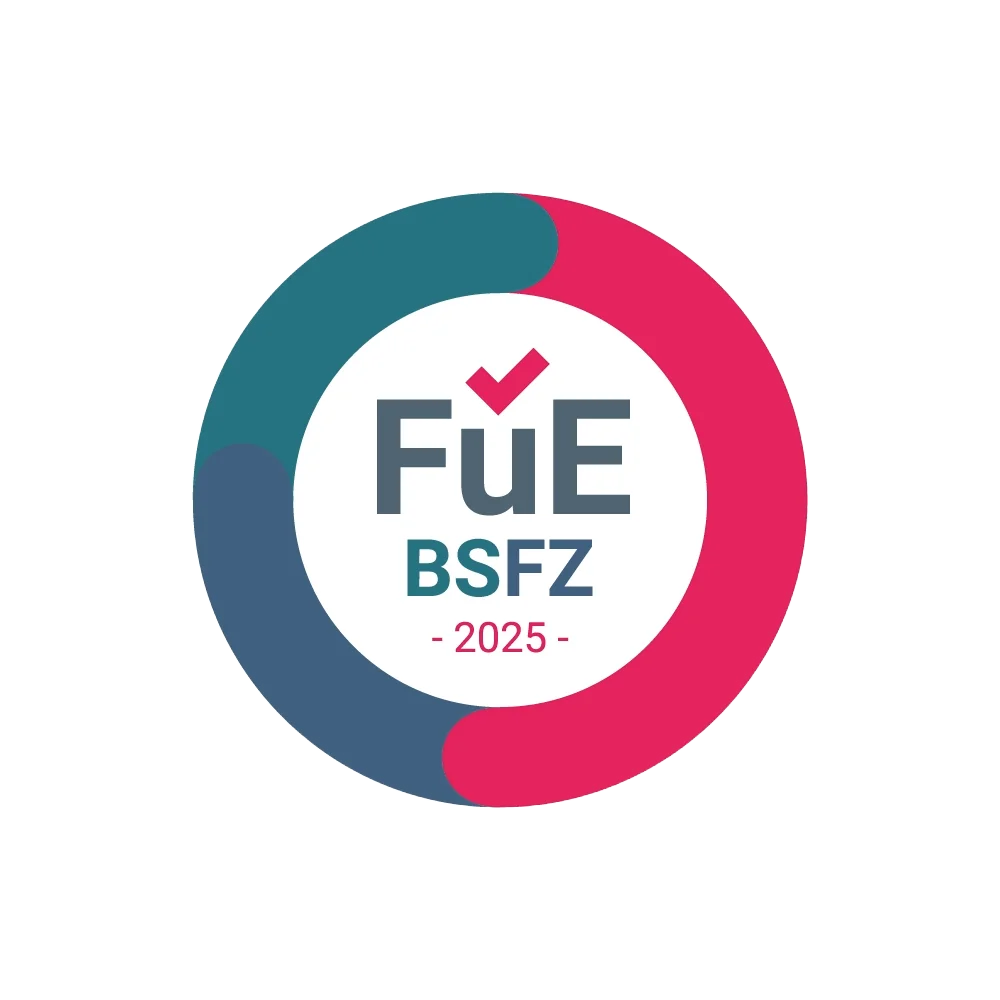IVD Consulting and Registration - In-Vitro Diagnostic
Risk Classification and Regulatory Process for In-Vitro Diagnostics
Unlike in the USA, IVDs are categorized into 4 Risk Classes. However, many of the requirements are the same. Only the structure of the Technical Documentation (Technical File) and some specific requirements differ.
Risk Class A
low patient risk and
low public health risk
Risk Class B
moderate patient risk and/or
low public health risk
Risk Class C
high patient risk and/or
moderate public health risk
Risk Class D
high patient risk and
high public health risk
In addition, there are requirements for labelling and registration with the UDI or the European representative that differ fundamentally from the US requirements. The distribution to dealers or the requirements for importers must also be taken into account. In any case, the performance data of the respective test must be verified. It is therefore helpful if the IVD has already been sold on the US market and its performance (specificity, sensitivity) has been proven. As a rule, there are no special limit values or acceptance criteria. The system follows a risk-based approach.
IVD Consulting and Registration are essential for ensuring compliance with EU regulations for In-Vitro Diagnostics. Like other Medical Devices, they are categorized into different groups for the purpose of assigning the applicable conformity assessment procedures and risks for the user. To do this, the respective tests or procedures must first be classified in accordance with Chapter V of the Regulation on In Vitro Diagnostics. There are 4 Risk Classes (A, B, C and D). The requirements for the products of the respective groups are basically the same, but class A products can be brought to market relatively easily, since the involvement of a Notified Body is not required (except for sterile products).
The evaluation of Class B, C and D products always takes place in collaboration with Notified Bodies. Unfortunately, there are only a limited number of these bodies, which often makes the implementation of certain projects very difficult. Possible bodies can be researched under the keyword “Nando” on the EU server (search “Legislations”, select Regulation 2017/746, now you can see all the notified bodies for IVDs; as of June 2023, there are 10 of them for all IVDs WORLDWIDE that are placed on the market in the EU). Despite extended transition periods, this bottleneck will become an economic problem for the Medical Device industry.
In-Vitro Diagnostics Consulting and Registration
In vitro diagnostics must also be accompanied by Technical Documentation in accordance with Annex II of the Regulation. In addition, manufacturers have further obligations (the manufacturer does not necessarily have to “manufacture”; producers can do this) through the implementation of a Quality Management System (QM System), the implementation of the Risk Management System, Post-Market Surveillance, registration with Eudamed, the appointment of a Responsible Person and many other points. Proof of the “functioning” of the IVD is provided by the performance evaluation. Here, too, there are several possibilities.

When placing the device on the market, sensitivity and specificity are essential factors. The acceptance of these values can be the result of Risk Management and must be included in the instructions for use.
According to the “German Network for Evidence-Based Medicine”, the term sensitivity means: the proportion of test-positive persons among all persons with a disease in a sample. Ultimately, it is the probability of identifying those who are actually sick with a test. A high level of sensitivity is sought when a disease is to be ruled out with a high degree of certainty.
Specificity, on the other hand, describes the proportion of test-negative individuals among all non-diseased individuals in a sample. The statement behind the value is intended to represent the probability of correctly identifying healthy subjects with a test.
The “quality” of a test is then determined by the product of specificity and sensitivity. This can very quickly lead to a test not being “meaningful” because the accuracy of detection is only 50-70%. In these cases, the patient is made to feel too insecure and further measures to detect diseases are indicated (e.g. biopsy).
WQS is an IVD Consultant for CE Mark certification. We invite you to contact us for a non-binding consultation.
Frequently Asked Questions
Unlike the U.S., the EU categorizes IVDs into four risk classes (A, B, C, D). The EU IVDR (Regulation 2017/746) includes stricter classification rules, performance evaluation requirements and involves Notified Bodies for most products above Class A.
No. Only Class B, C, and D IVDs require review and certification by a Notified Body. Class A IVDs (non-sterile) can be self-certified by the manufacturer.
You need full Technical Documentation in accordance with Annexes II and III of IVDR, including device description, performance evaluation, design and manufacturing information and risk management data.
Yes. If your IVD has already demonstrated clinical performance in the U.S., the data can often be used as part of the EU performance evaluation, provided it meets EU evidence standards.
WQS provides full-service support including Classification, preparation of Technical Documentation, Clinical Evaluation Planning and assistance with EUDAMED Registration.
Need more information?
WQS provides you with detailed information on your subject.
You can also explore our FAQ page and other resources for further insight
– or simply contact us for direct support.



